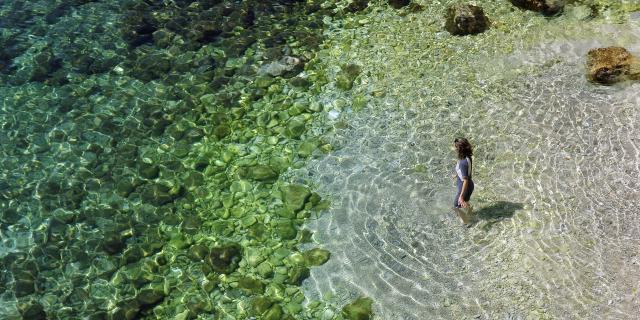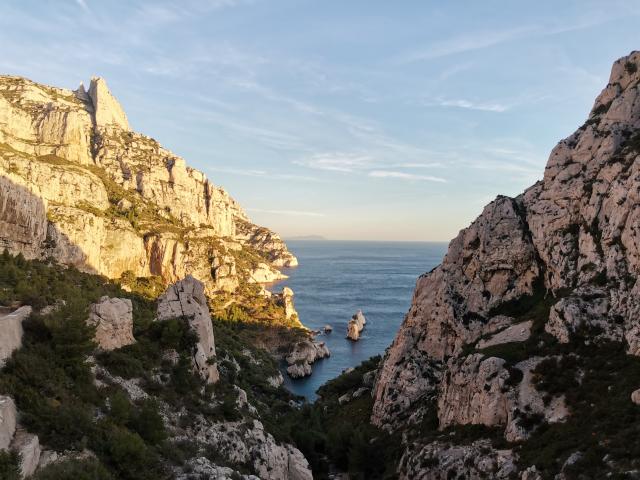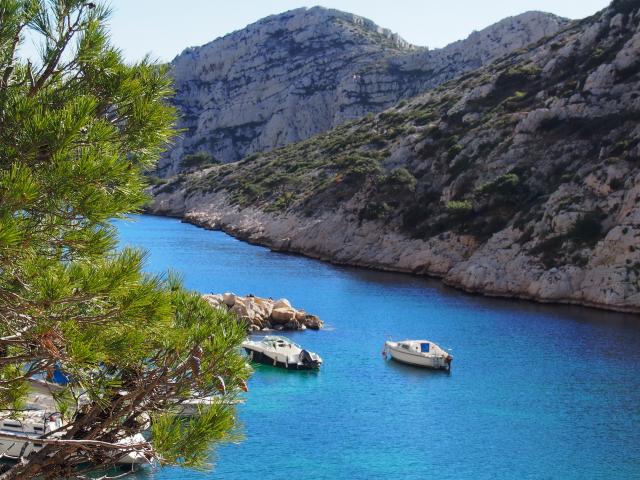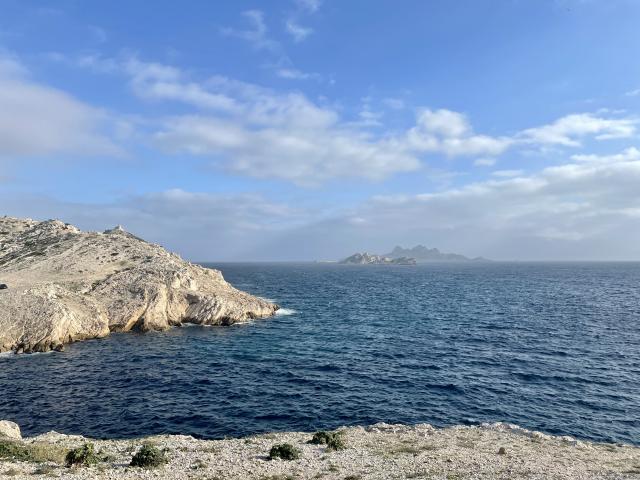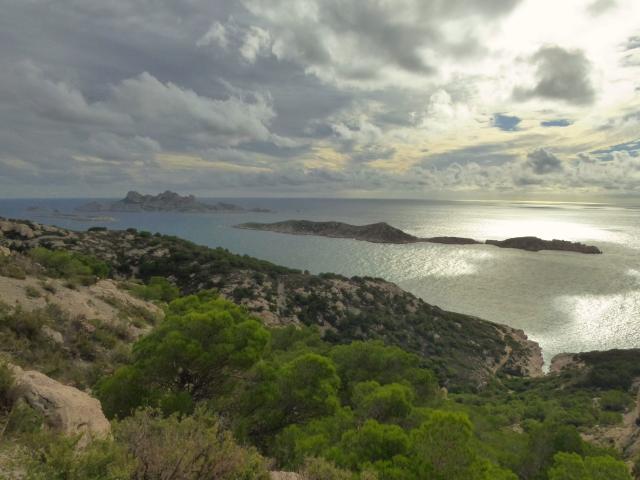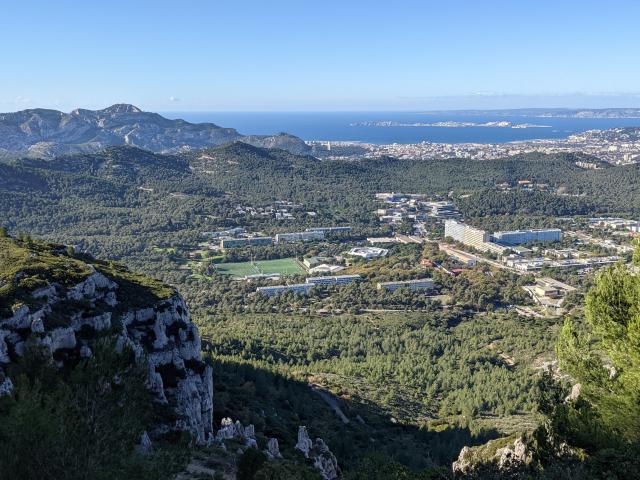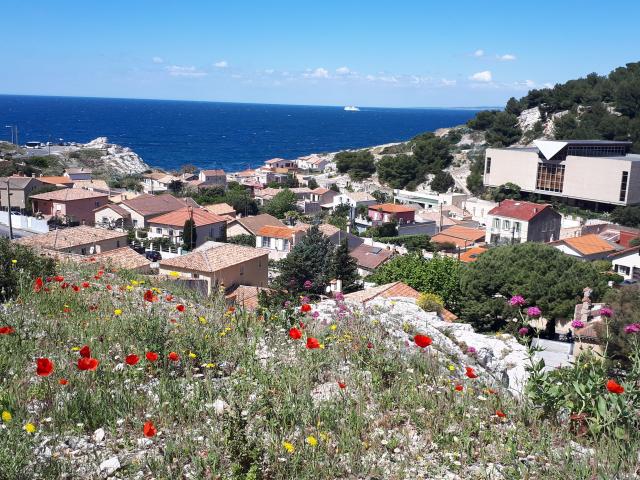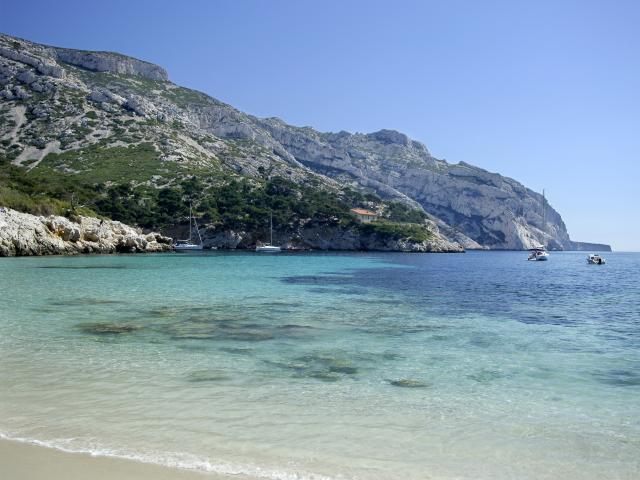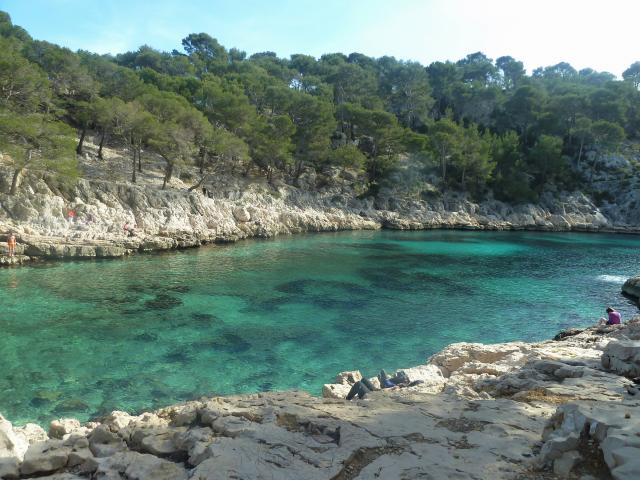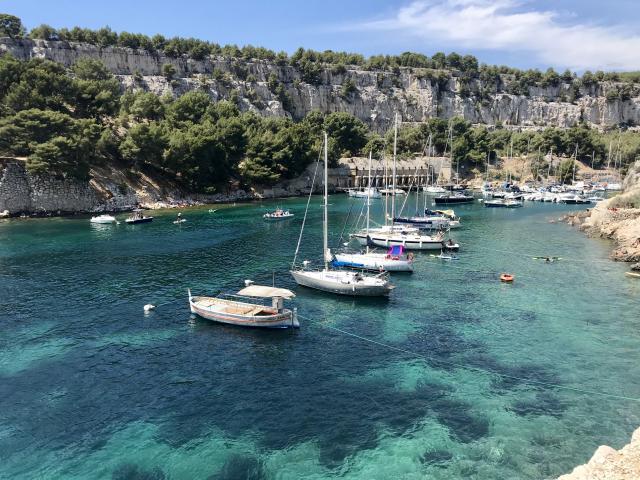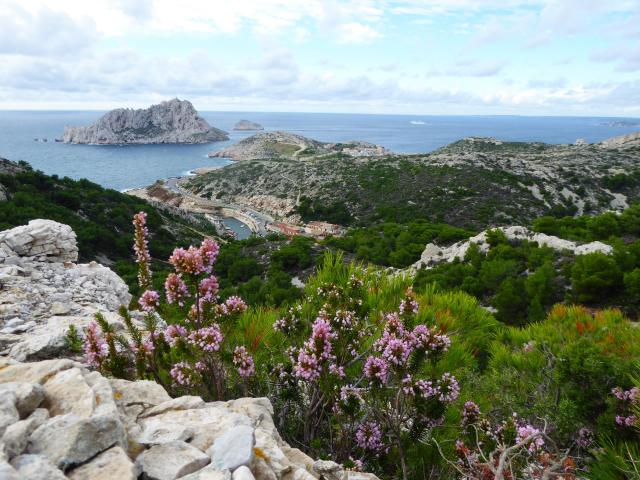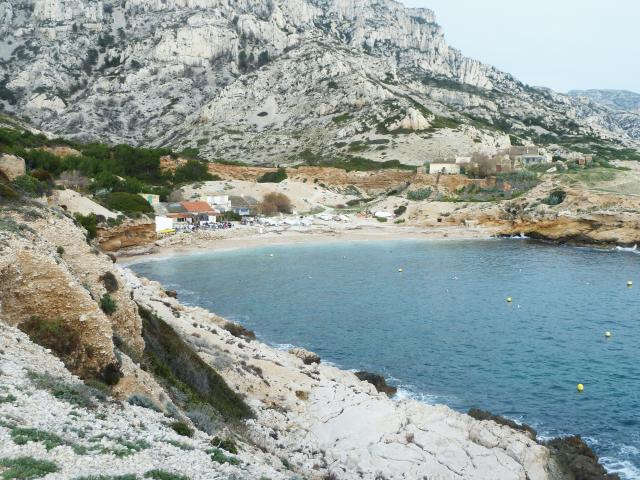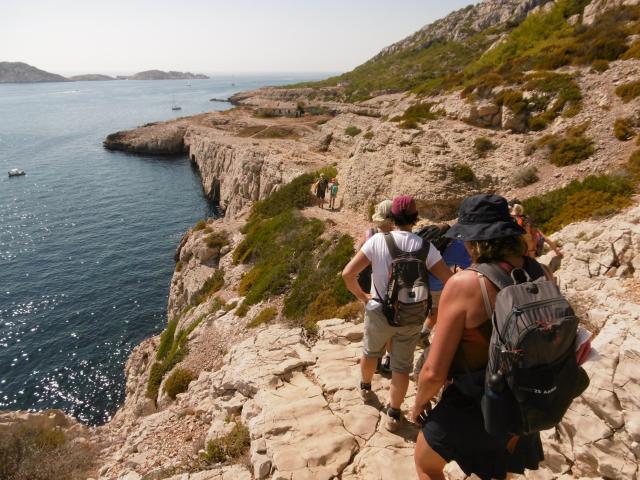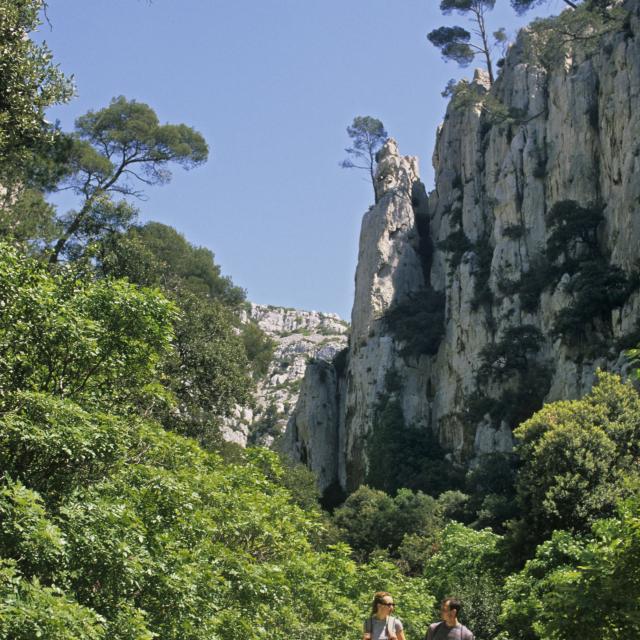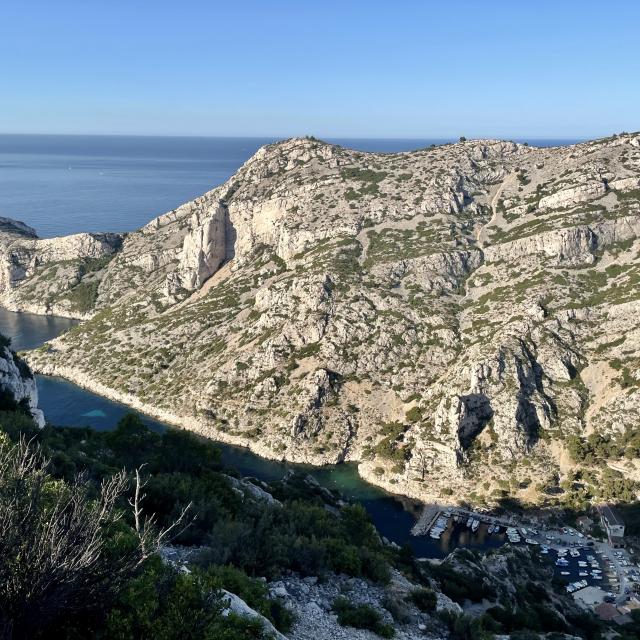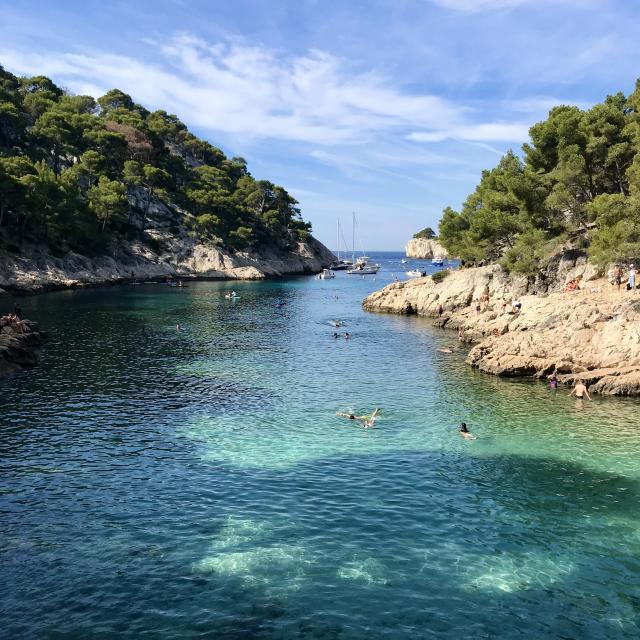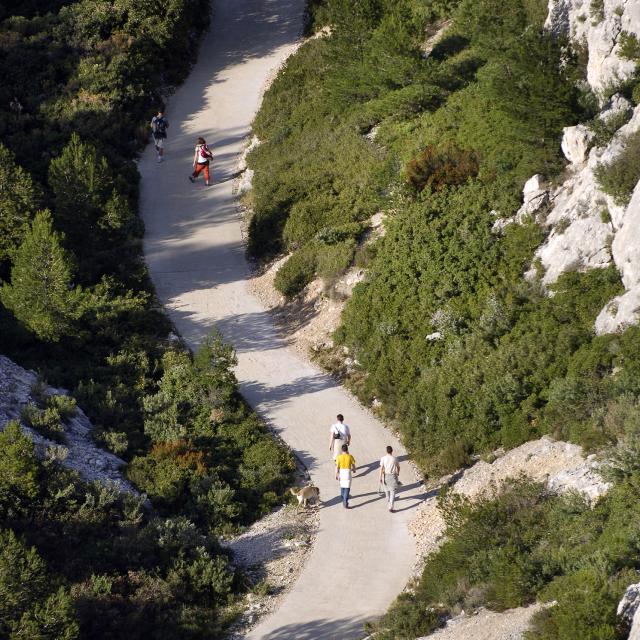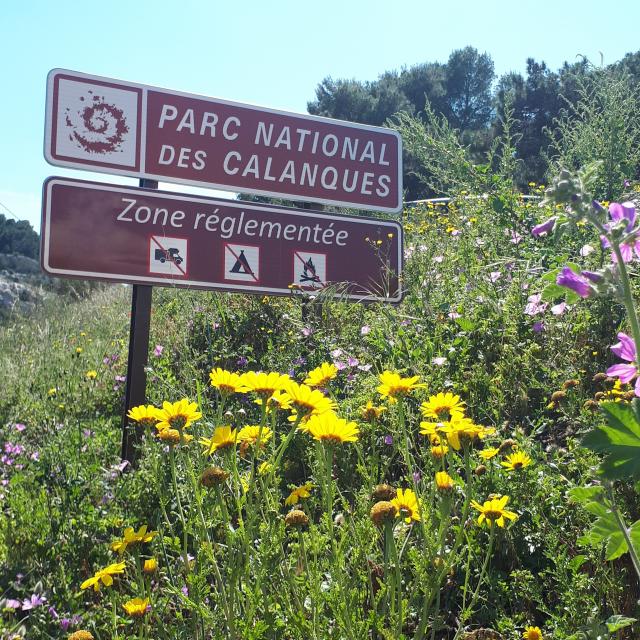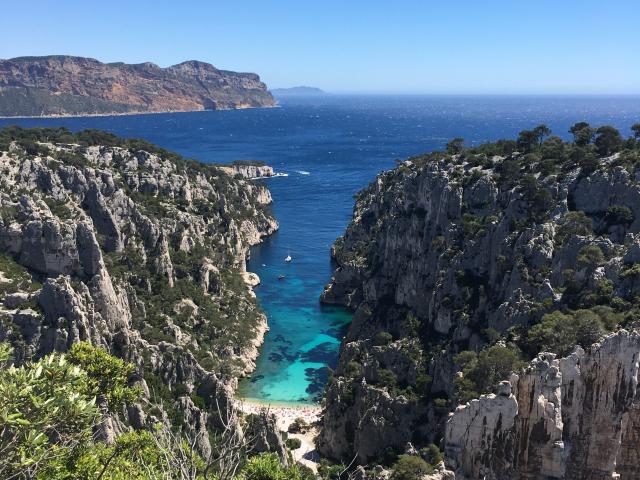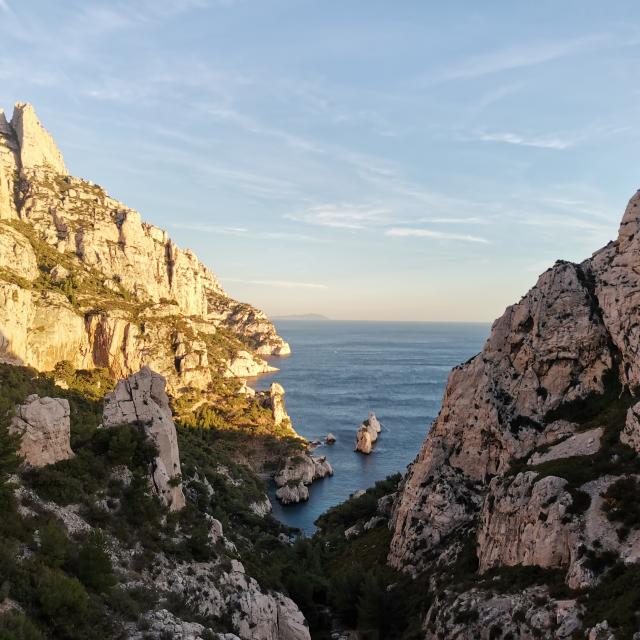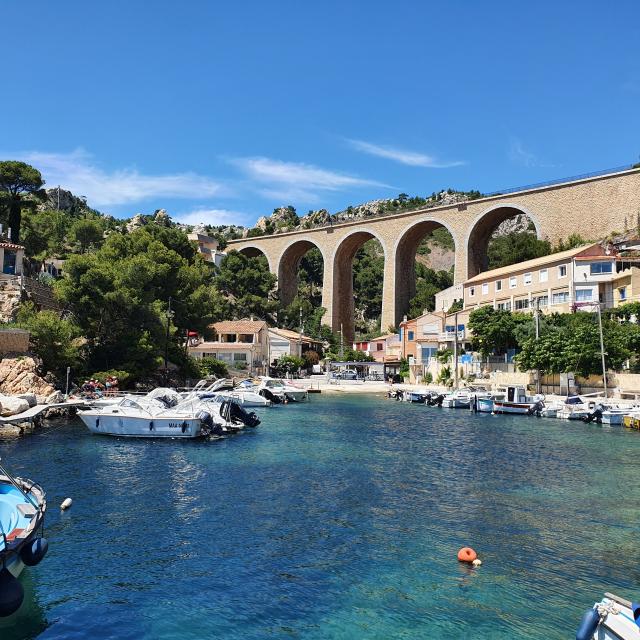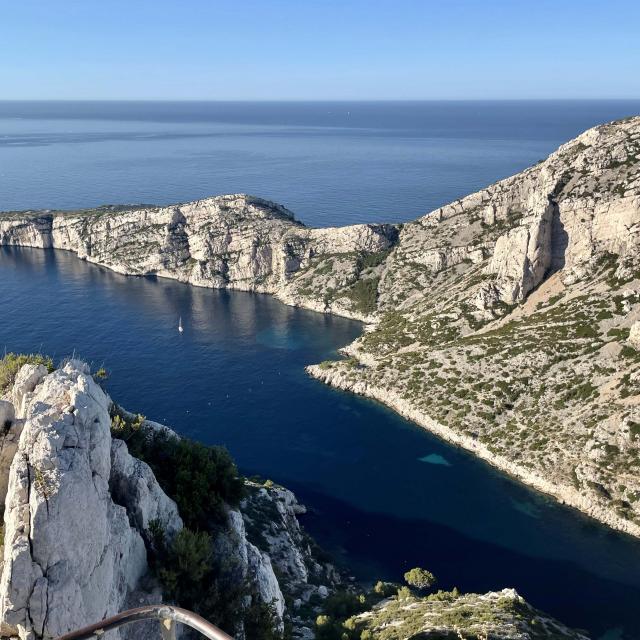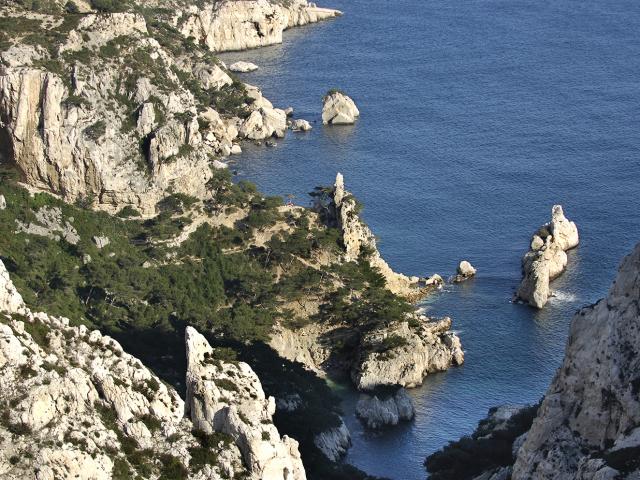
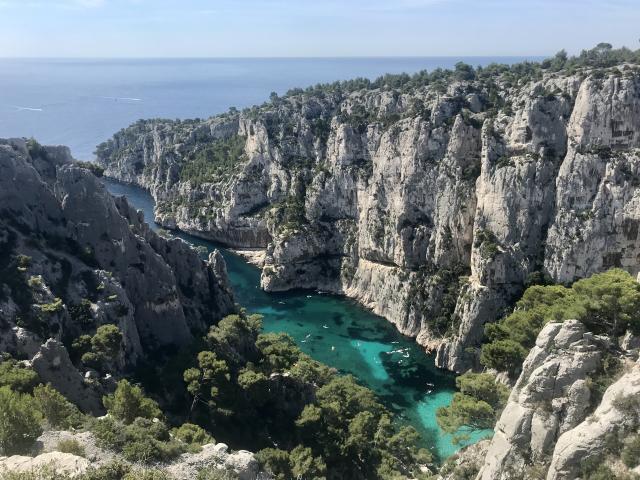
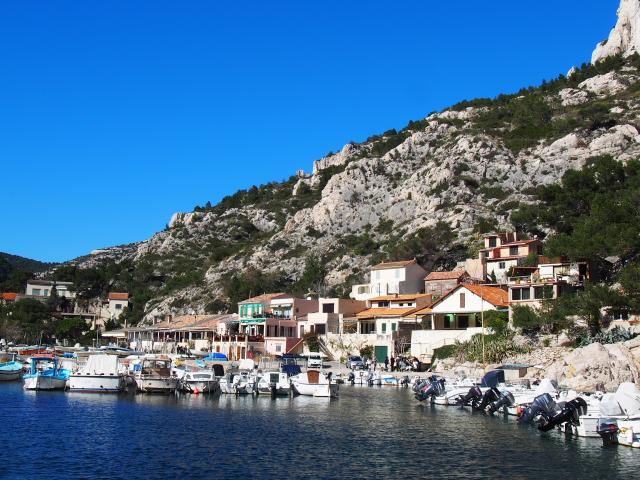
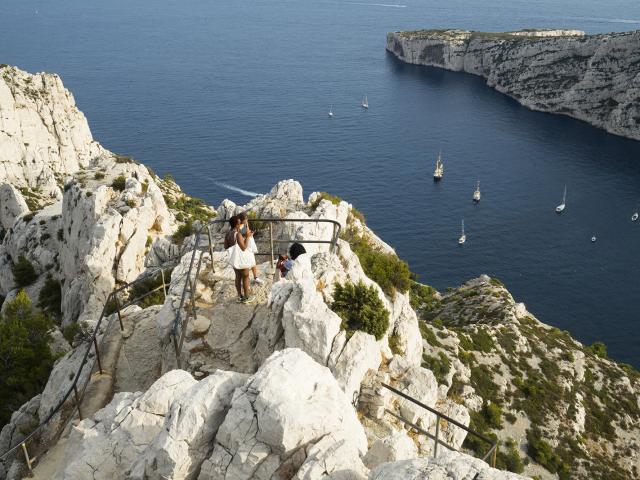
A unique space
A jewel difficult to access
The Calanques National Park is a marine and terrestrial protected area of the Mediterranean. It receives more than 3 million visits annually. The regulation of the frequentation, both on land and at sea, is therefore a major challenge in ensuring the maintenance of a high level of environmental quality and a discovery of the territory up to the visitors’ expectations..
Before venturing on land or sea side in the massif of the Calanques, it is absolutely necessary to document the conditions of access in real time. Measures are taken to ensure the protection of the natural environment against irreversible damage that may come from the development of activities in the park. This is particularly important in the maritime areas, which make up over 90% of the National Park’s perimeter.
